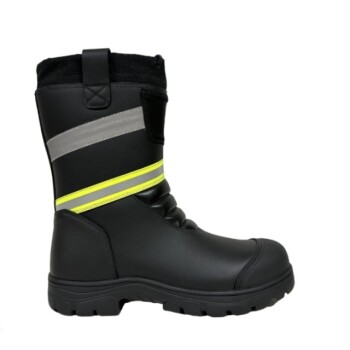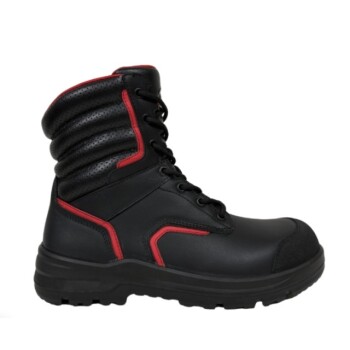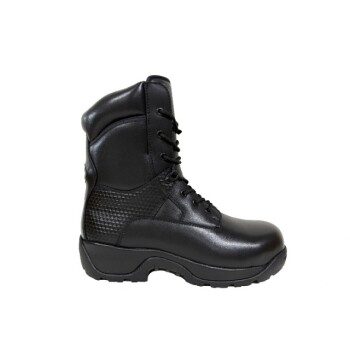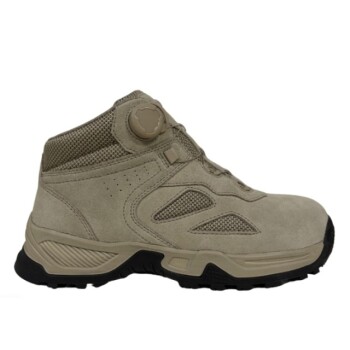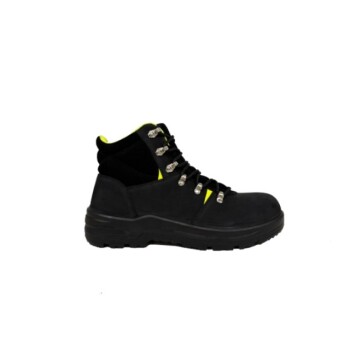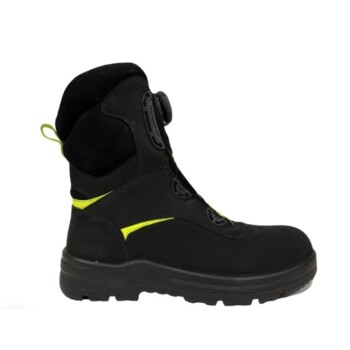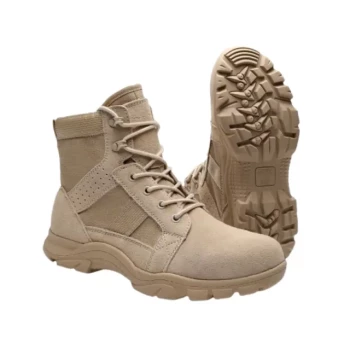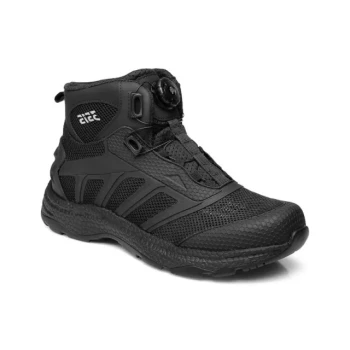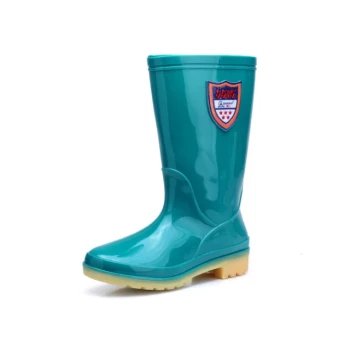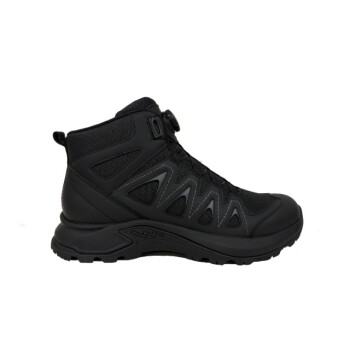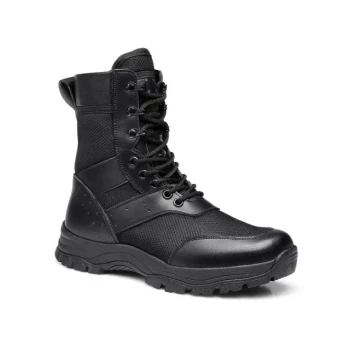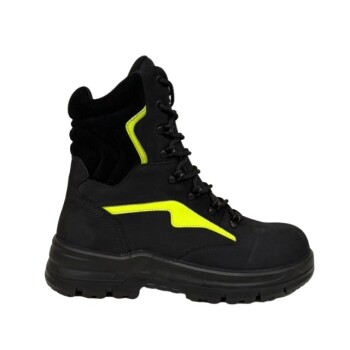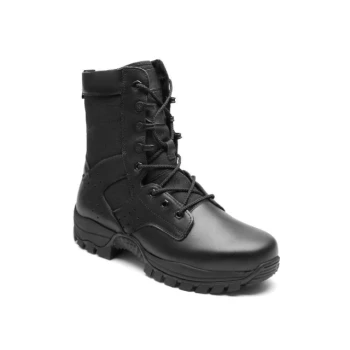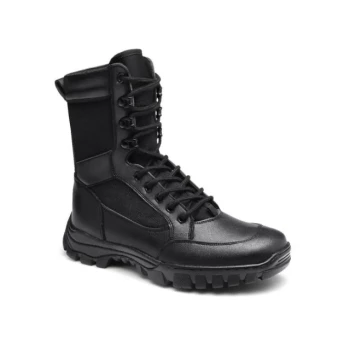At its core, Gore-Tex can be ineffective in boots because its performance is fundamentally limited by the materials surrounding it. In footwear, the waterproof-breathable membrane is sandwiched between layers of fabric and leather, which can trap moisture from both sweat and external sources, creating a wet microclimate that negates the membrane's benefits.
The central issue is not that the Gore-Tex membrane itself fails, but that the boot's overall construction prevents it from functioning as designed. It becomes a barrier trapped within a wet sponge, leading to slow drying times and feet that feel damp even when no external water has breached the liner.
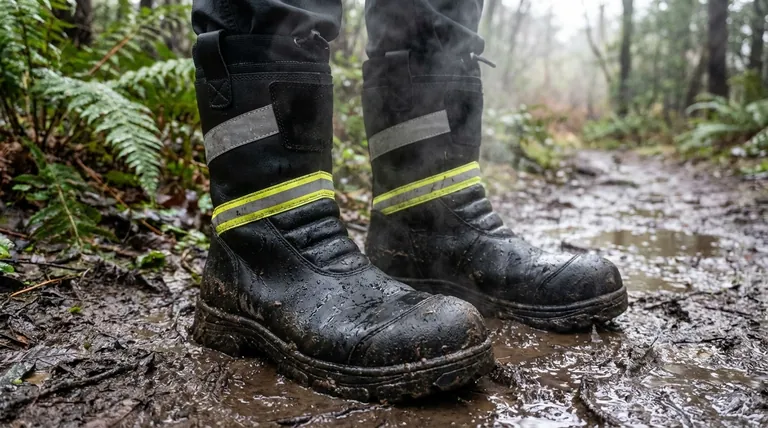
The Core Challenge: A Membrane Trapped Within a System
To understand the problem, you must see the boot not as a single item but as a system of layers, with the Gore-Tex liner being just one component.
How Gore-Tex is Supposed to Work
The Gore-Tex membrane is a thin layer of expanded polytetrafluoroethylene (ePTFE) with billions of microscopic pores. These pores are small enough to block liquid water droplets but large enough to allow water vapor (sweat) to pass through.
This technology relies on a differential in heat and humidity between the inside and outside of the garment to drive moisture outward.
The "Bootie" Construction Problem
In boots, Gore-Tex is almost always implemented as a waterproof "bootie" or sock that sits behind the boot's inner lining.
It is not exposed to the outside air. It is encased by other materials like leather, nylon, padding, and glues.
Trapping Internal Moisture (Sweat)
As your foot sweats, the vapor passes through your sock and the inner lining of the boot. It then successfully passes through the Gore-Tex membrane as intended.
However, it immediately hits the colder, denser outer materials of the boot. This causes the water vapor to condense back into liquid water, becoming trapped within the boot's structure. The boot's outer layers become saturated from the inside out, preventing any more sweat from escaping.
The Illusion of External Waterproofing
When you step in a puddle, the outer materials of the boot—the leather or fabric—get soaked first. The boot becomes heavy and loses its ability to breathe entirely.
While the Gore-Tex liner does its job of stopping this external water from reaching your foot, the boot itself is already saturated. This creates a cold, clammy feeling and drastically slows down drying time.
Understanding the Trade-offs and Failure Points
Beyond the core system problem, there are practical trade-offs and durability concerns that limit the effectiveness of a waterproof liner.
Reduced Breathability and Heat Buildup
Even when working perfectly, a waterproof membrane is an additional layer that inherently traps more heat and is less breathable than a boot without one.
For high-exertion activities or in warmer climates, this can lead to excessively sweaty feet, blisters, and discomfort, regardless of the membrane's performance.
Membrane Durability and Degradation
The Gore-Tex bootie is subjected to immense stress. Constant flexing, abrasion from dirt and grit inside the boot, and pressure points can eventually wear down the thin membrane.
Over time, this can create microscopic holes, causing leaks that are often difficult to pinpoint and impossible to repair.
The Treated Leather Alternative
Many experienced users find that a high-quality, unlined leather boot offers a superior solution for long-term use.
When treated properly with wax or other waterproofing agents, leather provides excellent water resistance while maintaining far better breathability. It manages moisture rather than simply blocking it, and its performance can be renewed indefinitely with proper care.
Making the Right Choice for Your Goal
The decision to use a Gore-Tex boot depends entirely on its intended application and your performance priorities.
- If your primary focus is casual use in wet, cool conditions: A Gore-Tex boot provides simple, reliable waterproofing against rain and puddles for short durations.
- If your primary focus is high-exertion hiking or use in warm weather: The reduced breathability of a membrane-lined boot will likely trap sweat and lead to discomfort.
- If your primary focus is long-term durability and performance across varied conditions: A well-maintained leather boot without a membrane often provides a better balance of water resistance, breathability, and comfort.
Understanding how a waterproof membrane functions within the entire system of a boot is the key to choosing footwear that truly keeps you comfortable and dry.
Summary Table:
| Key Limitation | Why It Happens | Result |
|---|---|---|
| Trapped Moisture | Sweat condenses in the boot's outer layers, saturating them from the inside. | Feet feel damp even without external water. |
| Slow Drying Time | The entire boot structure acts like a wet sponge, holding water. | Boots stay heavy and wet for extended periods. |
| Reduced Breathability | The membrane and multiple layers trap heat and limit vapor escape. | Increased sweating and discomfort during exertion. |
| Durability Concerns | Constant flexing and abrasion can damage the thin membrane over time. | Potential for leaks that are difficult to detect and repair. |
Need durable, high-performance boots engineered for real-world conditions?
As a large-scale manufacturer, 3515 produces a comprehensive range of footwear for distributors, brand owners, and bulk clients. Our production capabilities encompass all types of shoes and boots, designed with a focus on material selection and construction techniques that manage moisture effectively for long-lasting comfort and performance.
Contact our experts today to discuss your specific needs and discover how we can deliver the right footwear solution for your market.
Visual Guide
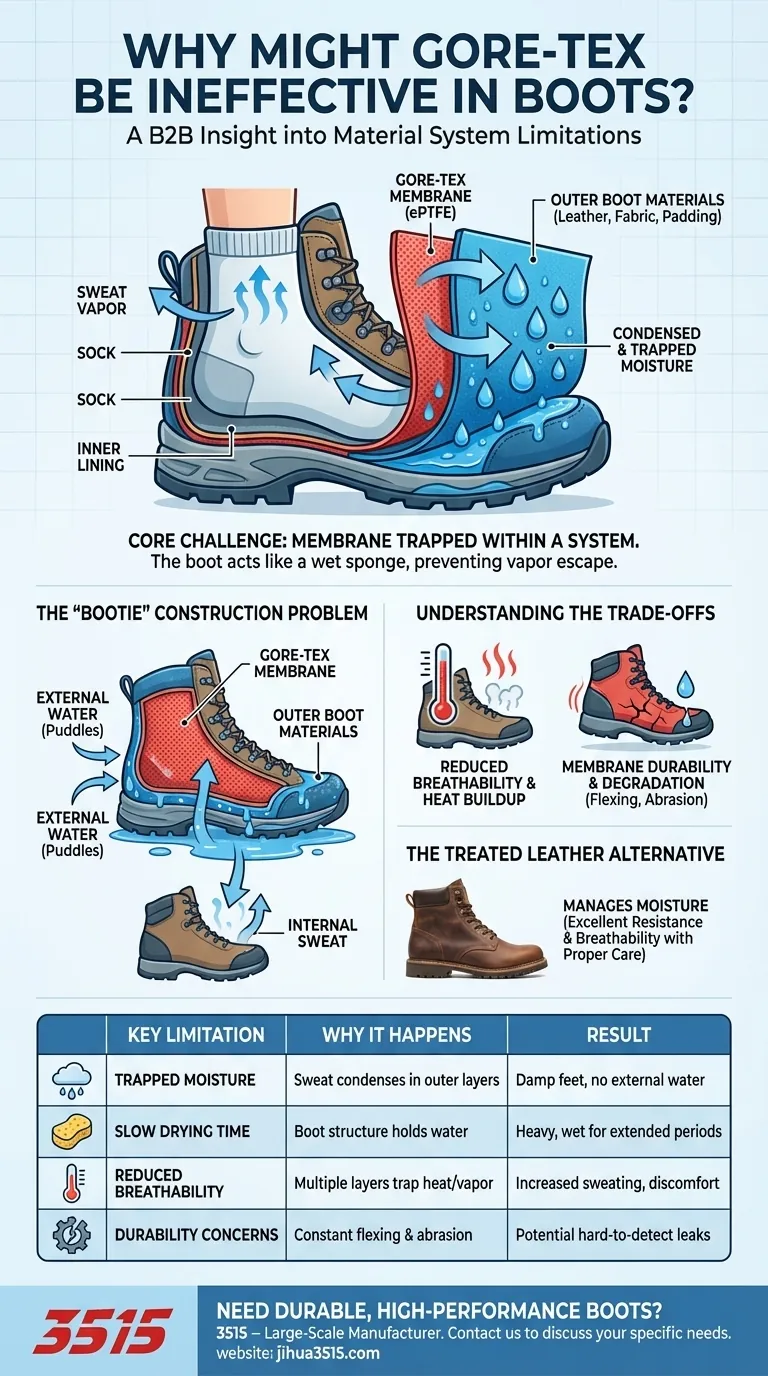
Related Products
- High Performance Fire-Retardant Waterproof Safety Boots
- Premium Wholesale Waterproof Safety Boots High Performance Protection for Industrial Markets
- Customizable Anti-Smash Safety Boots for Wholesale & Private Label Manufacturing
- Custom Wholesale Leather Safety Boots Direct Factory Manufacturing
- Wholesale Waterproof Tactical Boots Custom Suede & High-Traction Soles
People Also Ask
- How should one choose between steel toe and composite toe shoes? Match Your Work Hazards for Optimal Safety
- What standards are used to test and rate safety-toe footwear? Ensure Your Boots Are Truly Protective
- How can comfort be improved when wearing steel toe boots? A Guide to Pain-Free Workdays
- Which industries commonly use steel toe boots? Essential Foot Protection for High-Risk Jobs
- What factors should be considered when choosing between steel and composite toe caps? Ensure Maximum Safety and Comfort
